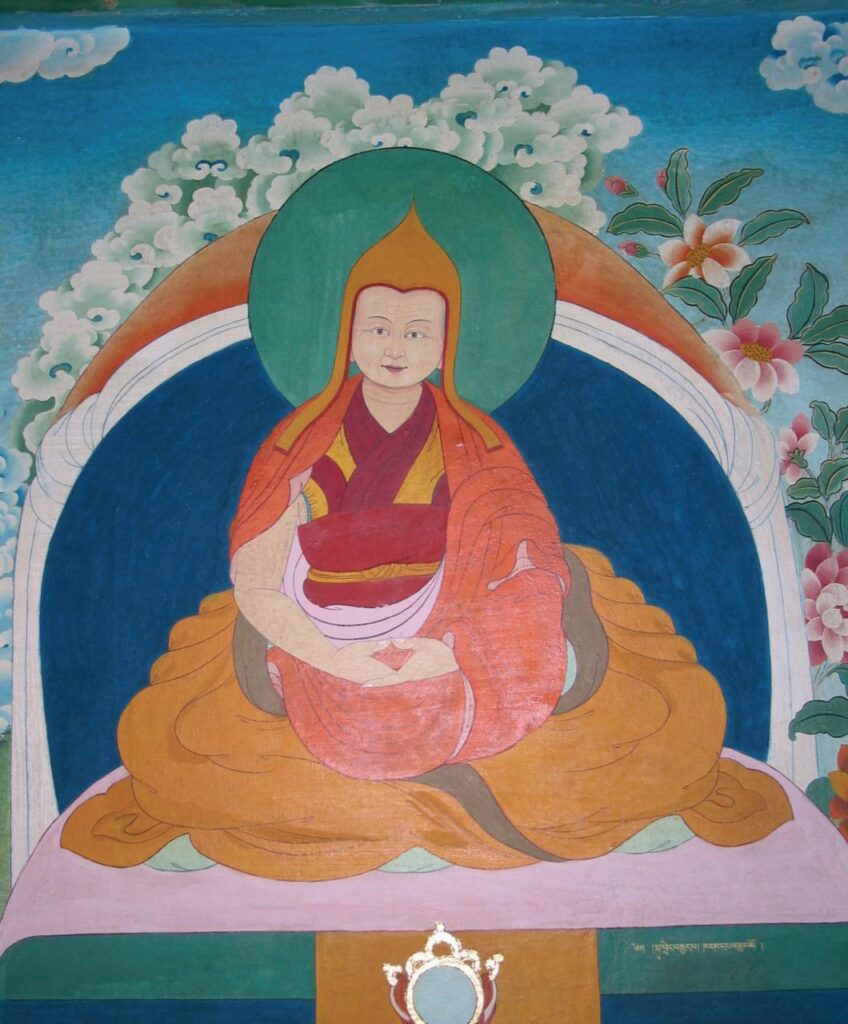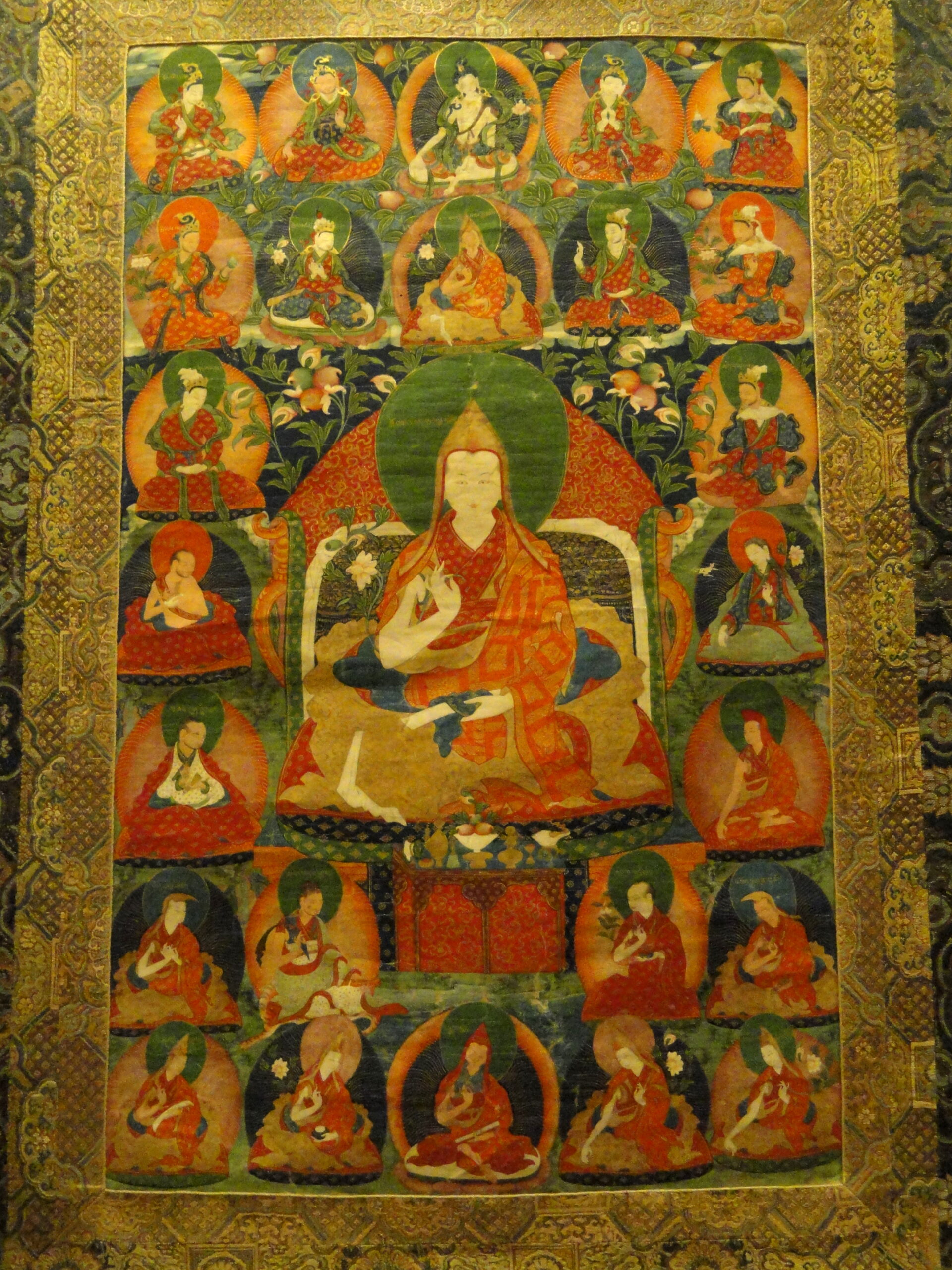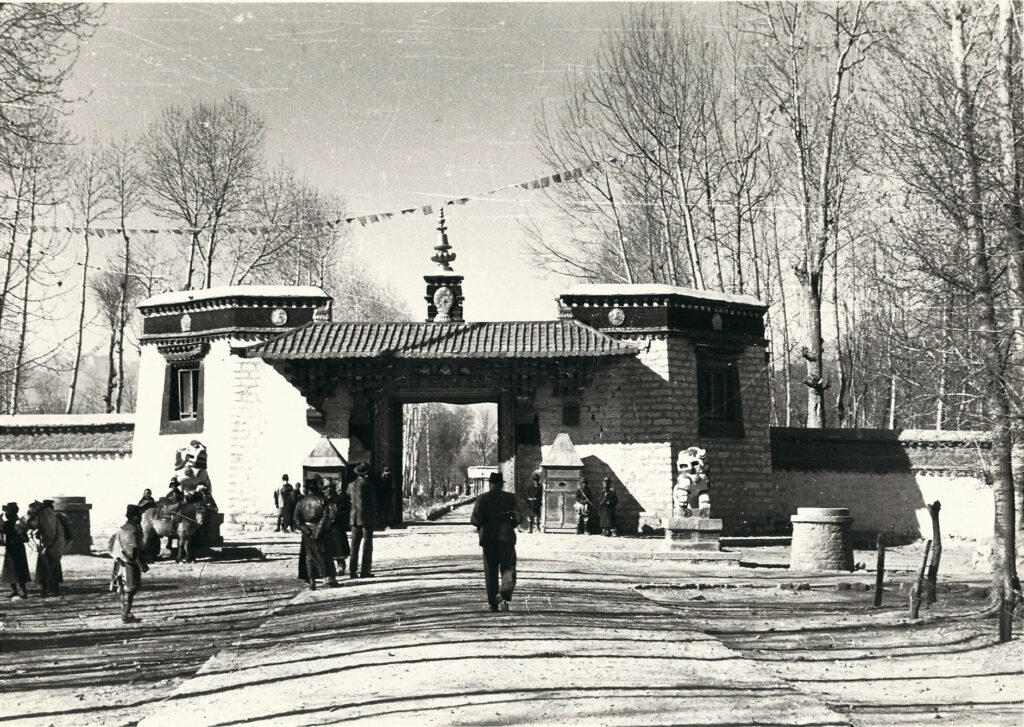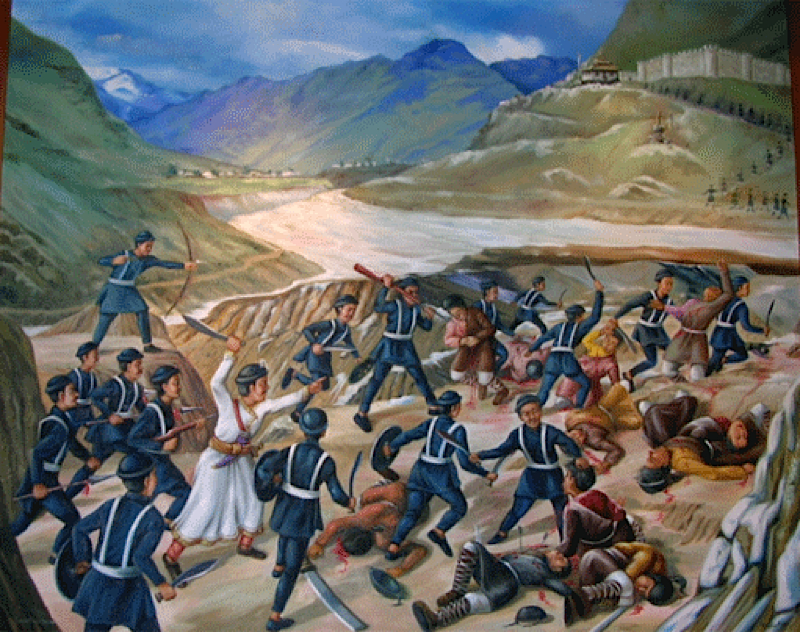

The Eighth Dalai Lama–Jamphel Gyatso (1758–1804)
Jamphel Gyatso, the Eighth Dalai Lama, was born in 1758 in Thobgyal, Lhari Gang, in the Upper Tsang region of southwestern Tibet. His parents, Sonam Dhargye and Phuntsok Wangmo, hailed from Kham and traced their lineage to Dhrala Tsegyal, a legendary warrior from the epic of King Gesar.
From conception, his life was marked by auspicious signs. Fields in Lhari Gang yielded miraculous harvests with barley stalks bearing multiple ears. One evening, as his mother dined in the garden, a rainbow touched her shoulder—a powerful omen in Tibetan culture. The infant often gazed at the sky with a serene smile and attempted to sit in a lotus position.
When word of the child reached the Sixth Panchen Lama, Palden Yeshi, he declared, “This is the true reincarnation of the Dalai Lama.” At a young age, the child reportedly said, “I will go to Lhasa at the age of three,” a statement that stirred widespread belief in his identity.
A delegation led by Darkpa Thaye, chief attendant of the Seventh Dalai Lama, escorted the young boy to Tashi Lhunpo Monastery in Shigatse, where the Panchen Lama confirmed his identity and gave him the name Jamphel Gyatso. In 1762, he was enthroned at the Potala Palace, guided by Regent Demo Tulku Jamphel Yeshi.
At seven, he received novice vows from the Panchen Lama and full ordination in 1777. He later established Norbulingka, the Dalai Lamas’ summer residence, and founded Dip Tsechokling Monastery.
His reign faced external threats. In 1787, the first Gurkha-Tibet war began when Nepalese forces invaded Tsang. With Manchu support, Tibet repelled the invasion, but peace required paying indemnities, straining Tibet’s economy. One cause of the conflict was Nepal’s debased coins. In response, Tibet minted its own high-quality currency in 1792, a milestone in its economic sovereignty.
Jamphel Gyatso died in 1804 at 47. Remembered for his gentle nature and spiritual depth, he guided Tibet through an era of both peace and challenge.




